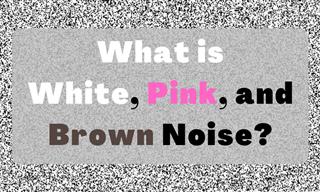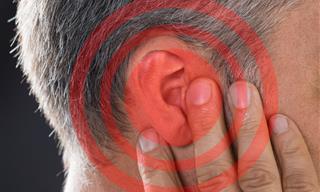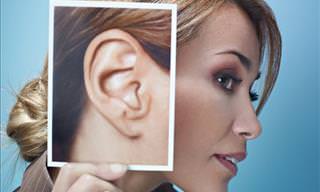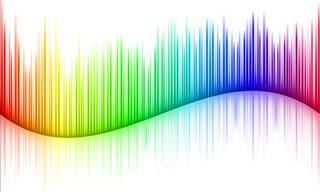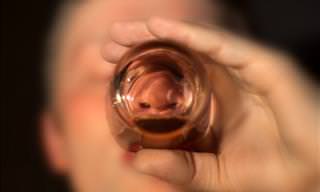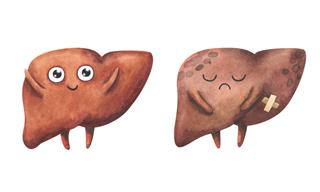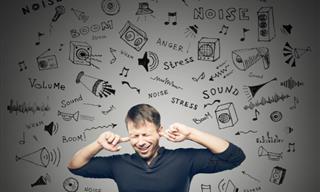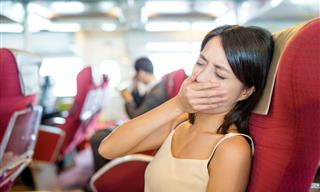The ears are vital for daily life, aiding people to pick up external stimuli, recognize risks and even take pleasure in music. As the years advance, though, we tend to cause more and more harm to our auditory health and sense of hearing, often without being aware of it. This is usually due to being exposed to and following wrong and misleading advice that can have serious medical repercussions. In the following article, we will show you some common habits that might seem harmless and even beneficial. However, they can have a significant negative impact on ear health and hearing.
1. Using Q-tips
One of the most common ways of cleaning one's ears is to use cotton buds. These are long and slim tools made of either wood or plastic covered in cotton on both sides. The thin shape of the wand is meant to enter the ear canal and clear out any wax or dirt. However, it turns out that this classic approach is not only ineffective but also dangerous. The quality of the sticks is not always consistent, with wooden versions potentially splintering and getting stuck in the ear if we are not careful. In addition, some may not be covered with enough cotton. This can lead to visible or microscopic injuries in the ear canal, which can result in infection, pain, and inflammation.
Additionally, the auditory canal is designed to naturally excrete ear wax on its own. However, using Q-tips pushes it back in. This leads to a delay in the removal of ear wax from the auditory tube and may eventually necessitate medical attention. It is prudent not to insert anything smaller than an elbow into the ear, as it may enter too deep into the ear canal and puncture the eardrum.
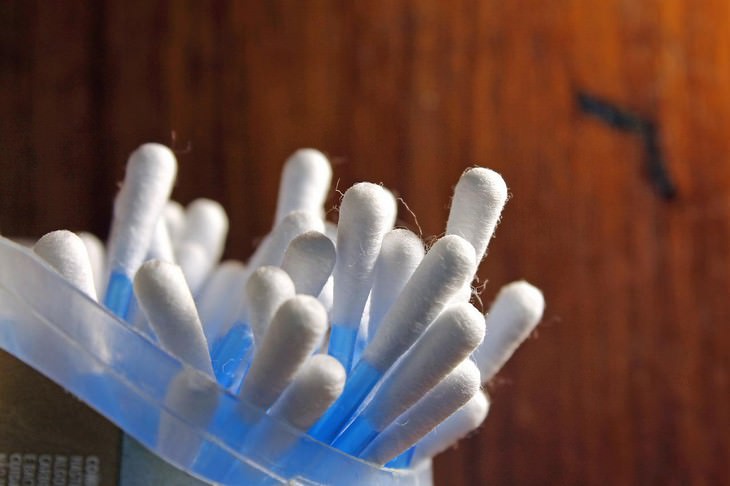
2. Using a spiral ear wax remover
More recently, various new methods for cleaning the ears have appeared in stores. Among the most prominent are electronic devices that remove ear wax using soft silicone spirals at the end. Despite marketers claiming these devices to be safe and efficient, improper handling of these devices can be hazardous, similar to using an ear stick. Inserting any foreign object deep into the ear canal can be damaging and can even puncture the eardrum. What's more, the electricity powering this device makes it much more hazardous than an ear stick and can cause a substantial amount of harm.
3. Using candles on your ears
An alternative way of keeping the ears clean is to place Hopi candles in the ear canal. This approach involves disinfecting the external area of the ear canal, carefully placing the candle at the end of the canal, and lighting it. During the process, the low flame will create soft suction that could potentially draw out any extra wax and dirt. Does this strategy work? It's possible. However, is it risky? Definitely. This technique leaves you exposed to burning and possible damage to the ear canal if the candle drips or spills into it. Furthermore, due to the presence of fire, this method should be avoided, as it requires extreme caution and attention. As a result, it is recommended to wash the ears instead.
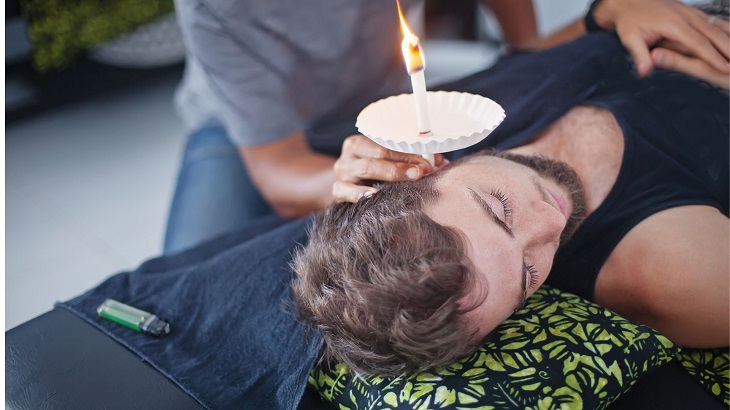
4. Washing your ears
Washing the ears is an efficient way of removing any excess wax and dirt present in the ear canal. This process is commonly done with a suction device. It helps eliminate the build-up of thick or firm secretions in the external ear. It is critical to note that this approach is only successful when done by a professional otolaryngologist. Exercise caution when dealing with ear-related issues and do not allow an inexperienced person, including yourself, to handle them - this helps prevent any serious harm to your sense of hearing.
5. Using drops to soften ear wax
We assume that you've had the chance to experiment, or at least hear, about ear wax softening drops. These drops are usually marketed as an effective product for removing excess ear wax and promise to soften it and facilitate its removal from the ear canal. In practice, in most cases, these drops do not really manage to relieve the symptoms of excess ear wax and do not aid in its efficient removal. Instead, they simply turn it from viscous and concentrated into a liquid, which creates a feeling of discomfort in the ear canal.
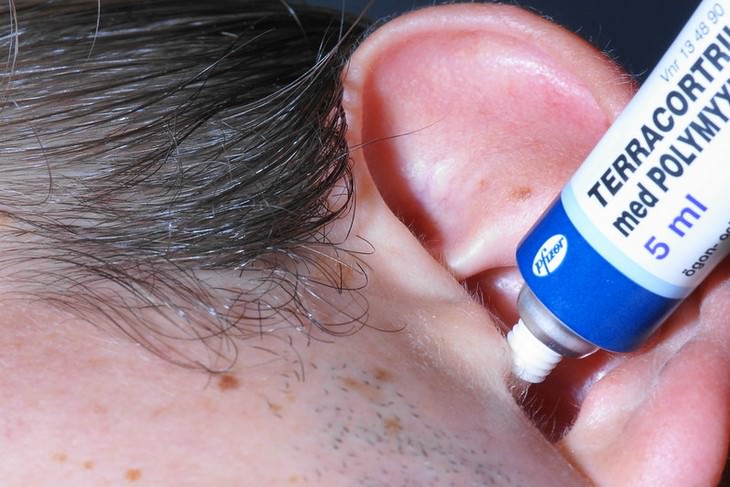
6. Failure to ensure the ear rests
If you are often in a noisy environment - at work, or frequently spending time at the cinema, bars, and live music concerts - you are obliged to provide your ears with a period of "rehabilitation." What does that mean? You should make sure to take a 5-10 minute break in a quiet environment now and then to let your ears rest. Studies have found that most people need an average of 16 hours of recovery after spending a long time in a noisy environment.
7. Moisture in the ear cavity
The middle part of the ear - or simply "the middle ear" - is an air-filled chamber that consists of 3 tiny auditory bones (called the malleus, the anvil, and the stapes). When this area is moist for a long period, it may result in significant damage to the middle ear. Bacteria may enter the ear canal, causing inflammation and hearing damage.
Therefore, it is recommended to always take care to dry the ears with a soft towel or tissue after swimming or showering. All you have to do is tilt your head to one side, tug at the earlobe slightly, and allow the water trapped in the middle ear to flow out - then wipe well. If the ear feels chronically moist or you experience a decrease in the quality of hearing (dimming) as a result, seek medical attention.
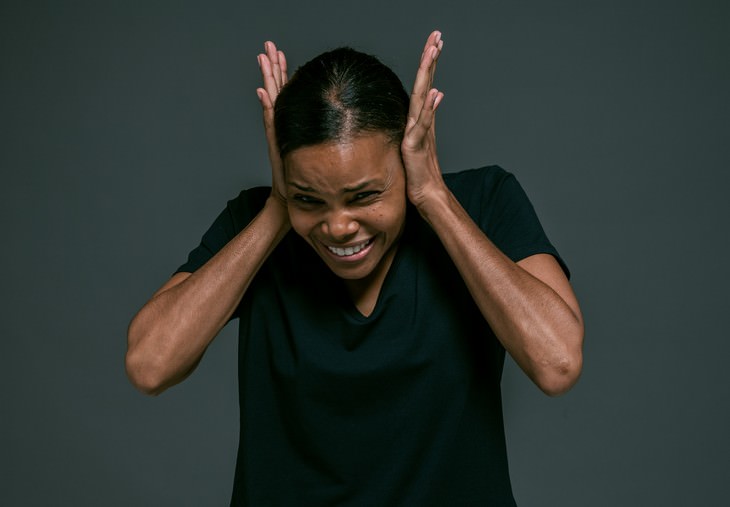
8. Mental stress and lack of physical activity
Exercise can be considered something of a miracle cure when it comes to our overall health, and such is the case when it comes to our ears too. Cardiovascular activities like running, walking or cycling increase blood circulation in the ears, thus assisting in keeping them in proper condition.
What's more, stress can be a leading factor contributing to tinnitus (ringing in the ears). This is because the part of the brain responsible for hearing is also responsible for emotions. When we are tired, overworked, or anxious, it can disrupt the regular operation of the ear, leading to the development of tinnitus. For this reason, it is essential to partake in physical activity, as it energizes the blood and releases endorphins that reduce mental pressure and anxiety.
 Go to BabaMail
Go to BabaMail




































